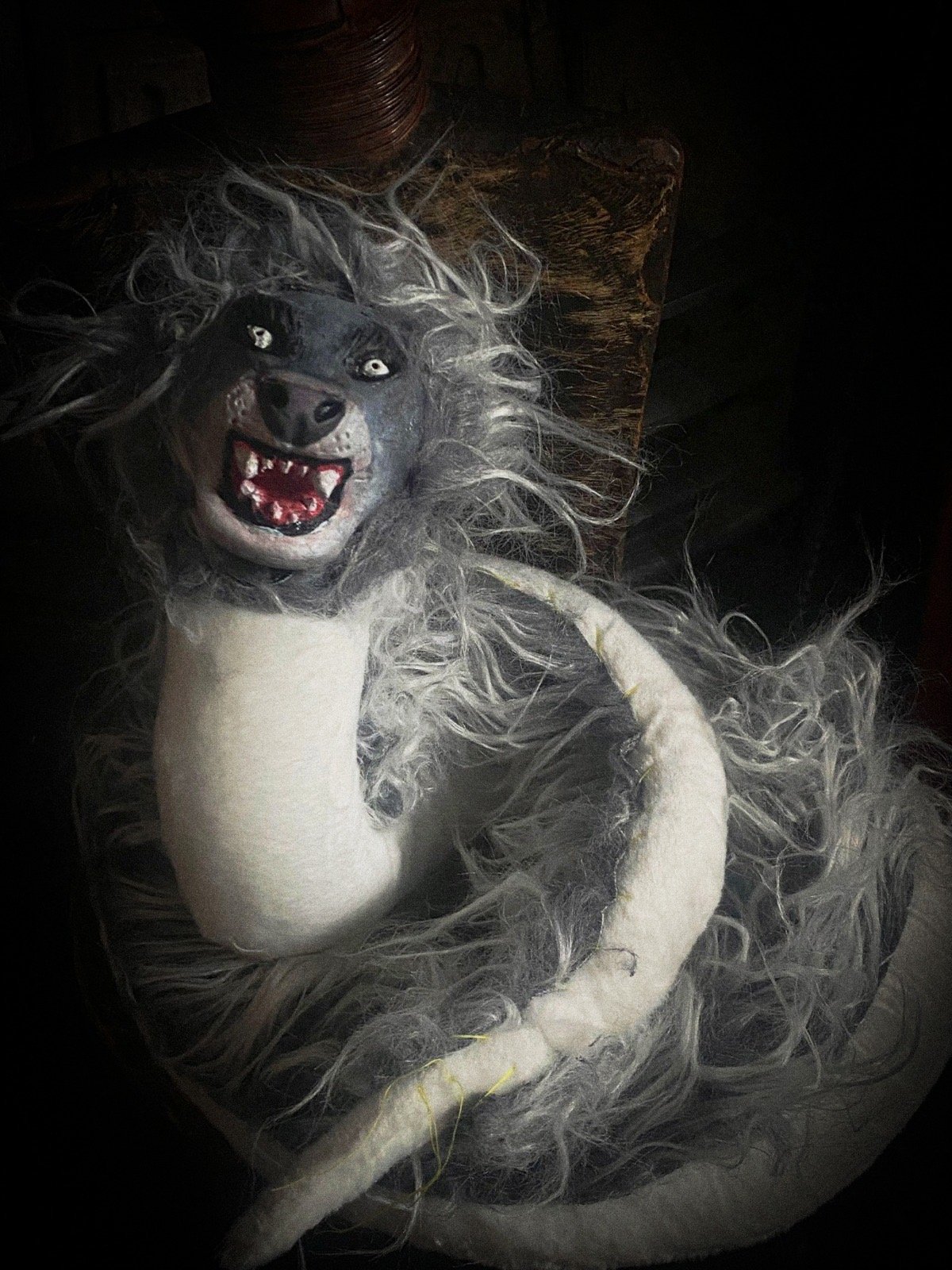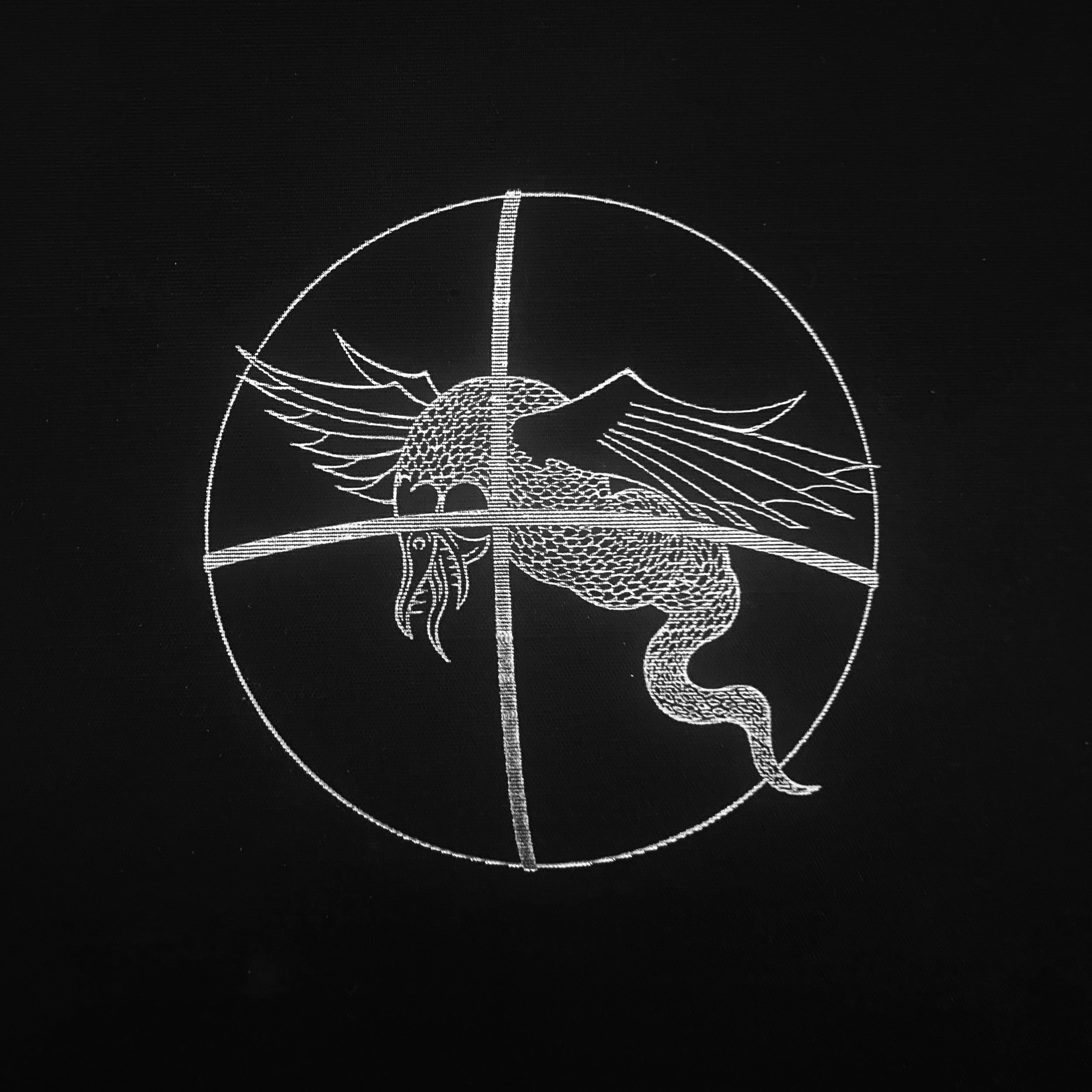The Regulus Serpent: On the Trail of a Myth Lost in Time
This story takes place in Umbria, where I am from and grew up. The region is located at the heart of Italy, bordering Tuscany, Marche, and Lazio. It is renowned for its verdant landscapes, premium olive oil, and stories of saints and hermits.The year was 2016. I was 22, living with my parents. I had recently graduated with a bachelor's degree in Cultural Heritage and was preparing for my big move to London. It was a scorching hot summer day in the Italian countryside. My mother and I were getting set for our usual evening walk in a nearby clearing next to the railway. We had to do it in the evening before twilight because the daytime heat would have been unbearable.As we approached the railway, we noticed a strange creature lying on the street, motionless. It had the head of a lion-like feline with a crown of hair and the body of a serpent. It was grey and hairy. Its mouth was open, revealing two long white fangs. Although it had no limbs, it was fully intact but had a short body.We thought it was dead.Judging from its position, it appeared to have come from a nearby abandoned house covered in wild vegetation, which now served as a home for stray cats, birds, and insects. The house was situated near a small drainage ditch close to the Aggia River. In the distance were vast tobacco fields, one of the modern businesses on the left bank of the river Tiber.The sight was surreal for many reasons. "The head is what struck me the most," confessed my mom as I asked her to recall the encounter. "I have never seen anything like that in broad daylight. It looked like a little monster." We stood there for a while, examining the creature but not touching it as if it were a sacred relic. The "monstrum," from the Latin word for "prodigy," was hyper-realistic, more real than reality itself. It left me wondering about the many layers of existence we share with the strange and the numinous."I don't know why we didn't take a picture!" lamented my mom. "Oh yes," she added, "it must have been because I didn't have a phone, and you left yours at home."Priorities look different when you live in a small community. It wasn't uncommon for people to not own a phone or to have one but not use it much. The latter was the case for me. I would deliberately leave my phone at home during walks with my mom - perhaps a quite naive or potentially dangerous choice - but we knew the place very well, and deep down, we enjoyed being cut off from the world, even if only for a short time. The image of the monstrum is still vivid in our memories. It's portrayed in my recent art, made with red clay and cotton, my best attempt at recreating the creature as closely as I remember it.My rendition of the Regulus Serpent
Made with cotton and red clay
It was twilight when we arrived home. My dad was lying on the sofa, half asleep, when we burst through the door. Excitedly, we told him about our encounter with the little prodigy. My dad, still drowsy, unfazed by our enthusiasm, nodded: "Uh-huh. You saw the Serpente Regolo," he said.The Serpente Regolo (Regulus Serpent) is a mythical creature that plays a significant role in the folklore of central Italy. Legend has it that a viper cut in half and yet doesn't die grows unnaturally and transforms into a Regolo. This monstrous creature is known for being vengeful, seeking the death of those who caused its transformation. The name "Regolo" comes from the Latin word "Regulus," which means "little king". It is associated with the Mediterranean tradition of the Basilisk, from the Greek word "Basileus," which also means "little king."One of the many forms taken by the Regulus Serpent
You may be wondering why this story has become relevant to me now, seven years after it happened. What inspired me to revisit this creature, given how disturbing it was to see it in person?Recently, during the Yule season, I became curious about a book called "The Game of Saturn" by Peter Mark Adams. The book provides a detailed but speculative analysis of the Sola-Busca Tarot, commissioned by the D'Este family. It is considered one of the most mysterious tarots produced during the Italian Renaissance in 1491. Peter Mark Adams examines the themes and artistry contained in the cards and identifies a consistent esoteric tradition within the deck, which focuses on a serpentine creature associated with Ammon Saturn. This creature represents Saturn-Kronos in its most chthonic features, the lord of time who governs the cycles of death and rebirth. In simpler terms, it is the demiurge, Rex Mundi, the ruler of our realm.Cover of “The Game of Saturn”
Featuring Ammon-Saturn
The concept of the demiurge holds great significance in traditional gnosticism. It is often depicted as a chimaera, with a lion-like head and the body of a serpent. In Thelemic Gnosticism, this creature is associated with Baphomet, an androgynous goat, which is another symbol related to Saturn. Additionally, Babalon is also linked to the demiurge, and according to the Hermetic Qabalah, she is attributed to Binah, the sphere of Saturn.The book discusses how the wealthy D'Este family employed a series of rituals to secure the favour of Ammon-Saturn and maintain their power. They believed that by doing so, they could be reborn into equally wealthy societal positions in their subsequent reincarnations. "Servir chi persevera a infinitione" - "I will serve those who persevere in eternity" - recites an inscription in one of the cards. Peter Mark Adams explains that the creation of the Sola-Busca involved a vast amount of knowledge. It was designed to serve as both a talisman and a grimoire.I was utterly engrossed in the reading, but initially, nothing seemed to be relevant. During a dinner with Marco, my partner and a teacher of Magick and Thelema, everything suddenly clicked into place. We were discussing the book when I found myself recounting the story of the little monster I had seen during the summer of 2016."Can you describe it in detail?" asked Marco, fully engaged."It had the head of a lion and the body of a serpent," I replied. "Wait!" I exclaimed, finally acknowledging the connection. "It looked like the creature described in the book!""Is this what you mean?" he asked, showing the tattoo of a lion-headed serpent on his shin."Yes!" I shouted.I saw a creature resembling the Gnostic tradition's lion-headed serpent, also known as the demiurge or the Ammon Saturn referred to in the Sola-Busca. The name "Regulus", meaning "little king", is interestingly associated with the deck. The Sola-Busca revolves around a royal family and their reverence for a draconian serpent to retain their military and financial dominance. Regulus holds a significant connection with a well-known ritual in Thelema called Liber V vel Reguli. This ritual is designed to ground the energies of Thelema, also known as the 93 Current. The ritual employs an inverted pentagram, a symbol that represents the descent of the godhead into our mortal realm. It's also crucial to note that Regulus is the name of the brightest star in the constellation of Leo, associated with the fiery energy of both the lion archetype and Thelema.The Lion-Headed Serpent:
The Demiurge of Classic and Thelemic Gnosticism
It feels like we've come full circle, but the connections I have uncovered are just the tip of the iceberg. The strange and mysterious cannot be easily explained, and while "The Game of Saturn" is an intriguing field of research, the results are merely speculative. Even today, most of the cards remain a mystery. I will always be left with the enigma of that encounter. I will never know for sure what I saw that day. However, a magician must pay close attention to the clues left behind by the unknown.This story is not yet complete. Other legends mention a peculiar basilisk and a powerful family residing in a nearby city who adorned their palace walls with mysterious and esoteric frescoes. I plan to conduct further investigation on this matter and create a documentary next summer when I revisit the locations where these stories originated.



